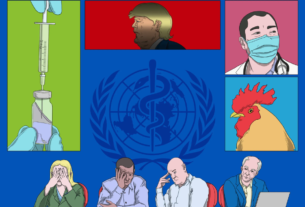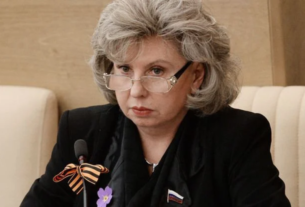Gold rebounded after last week’s sharp correction, driven by renewed economic uncertainty. Investors weighed the potential fallout of U.S. President Donald Trump’s planned import tariffs.
Bullion traded above $2,860 an ounce, recovering from its first weekly loss of 2025. Some traders had taken profits following gold’s record-breaking rally earlier this year.
Trump is preparing to impose 25% tariffs on Canada and Mexico. He also plans to double existing levies on Chinese imports.
Markets are increasingly worried that these trade measures could slow economic growth. Concerns over a weakening U.S. economy have strengthened gold’s appeal as a safe-haven asset.
Gold has historically performed well during periods of market instability. Investors often turn to the precious metal as protection against economic uncertainty.
The U.S. economy is already showing signs of cooling. Rising interest rates and inflation pressures have added to investor fears.
Stock markets have reacted cautiously to the tariff news. The S&P 500 and Dow Jones showed mixed performance as traders assessed the risks.
Analysts expect further volatility if tariffs go into effect. A prolonged trade dispute could trigger more demand for gold.
Global central banks have also been increasing their gold reserves. Countries like China and Russia are diversifying away from the U.S. dollar.
The Federal Reserve’s monetary policy decisions will also impact gold prices. Any signs of economic slowdown could lead to a shift in interest rate policies.
Gold-backed exchange-traded funds (ETFs) have seen rising inflows. Investors are positioning themselves for potential market turbulence.
Demand for physical gold remains strong among retail buyers. Jewelers and central banks continue accumulating bullion despite high prices.
The weakening U.S. dollar has provided additional support for gold. A softer dollar makes the metal more attractive to international buyers.
Traders will closely monitor Trump’s next moves on trade policy. Any confirmation of tariffs could push gold prices even higher.
Economic data releases this week will also be key market drivers. Inflation reports and employment figures may influence investor sentiment.
Geopolitical tensions are another factor supporting gold’s rise. Ongoing conflicts and diplomatic uncertainty add to the metal’s appeal.
Precious metals experts believe gold could test new highs in the coming months. Continued economic and political instability may drive further gains.
Investors are advised to watch for policy statements from the White House. Shifts in trade negotiations could create market swings in gold prices.
For now, gold remains a key hedge against financial uncertainty. Traders will continue seeking safety in bullion as global risks persist.




